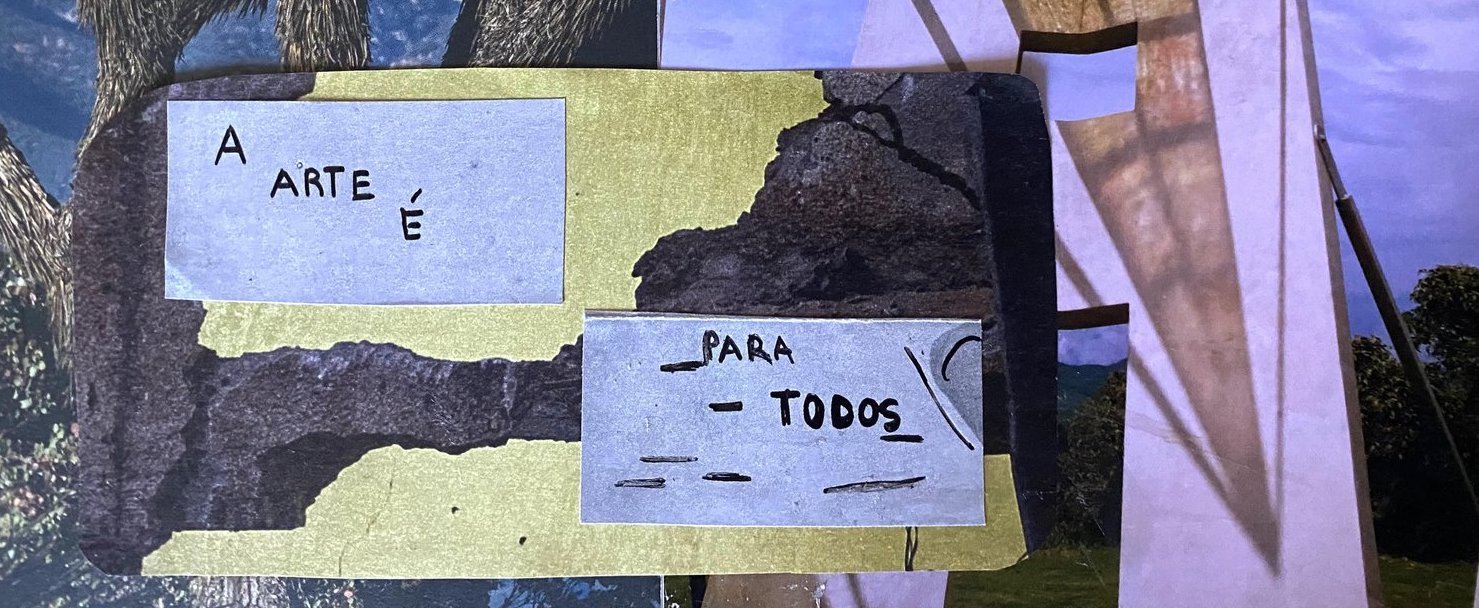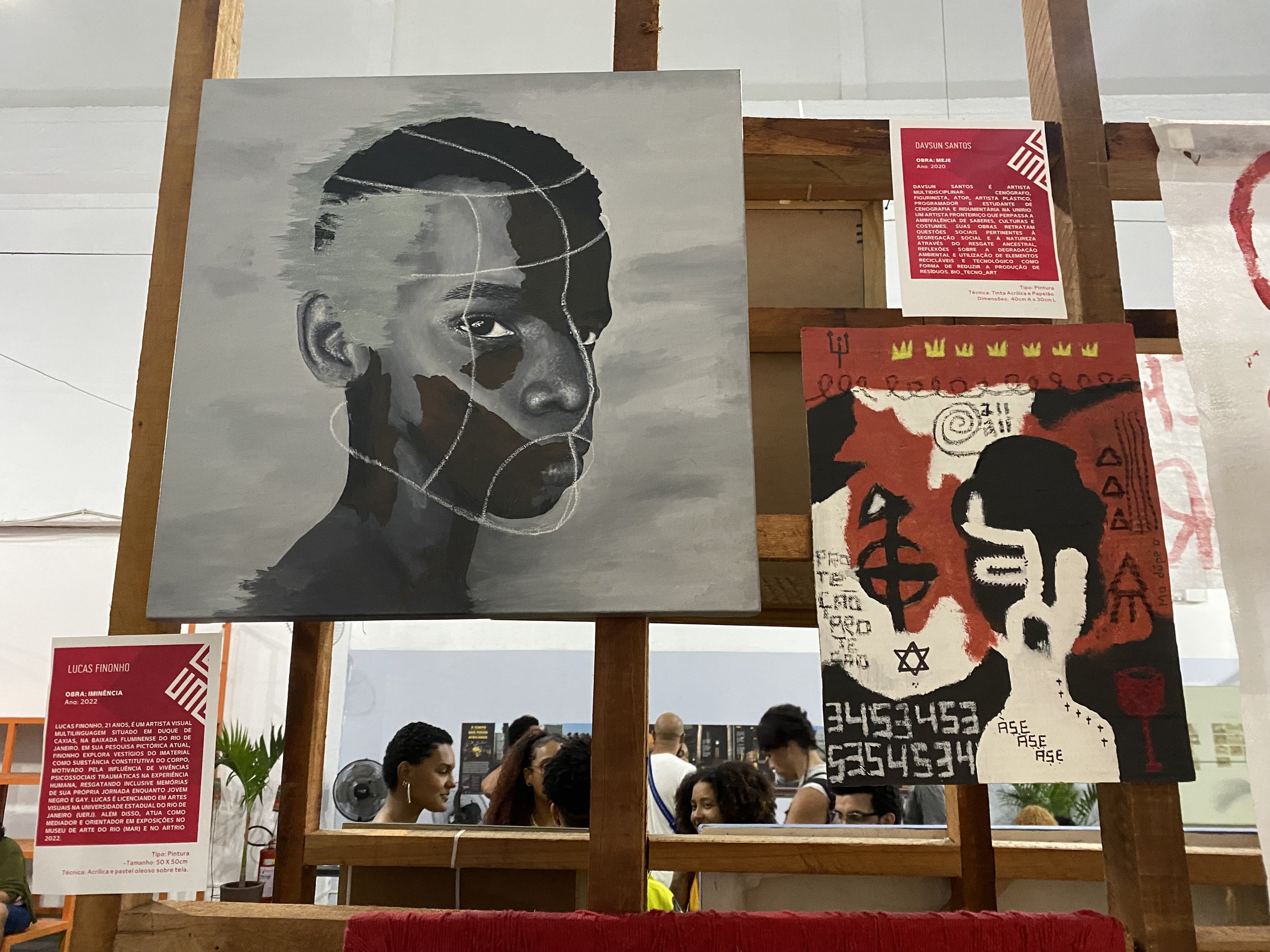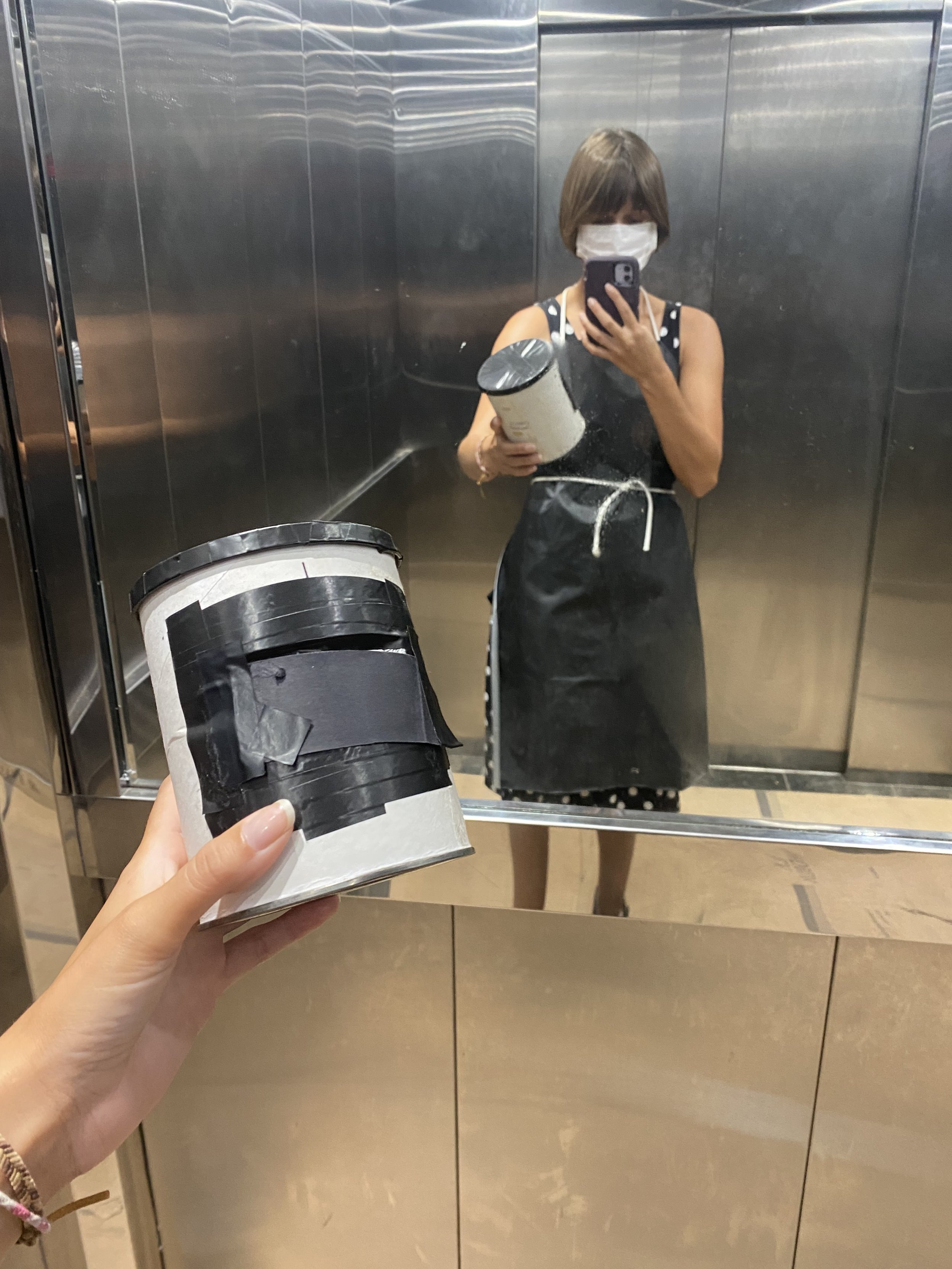A Carioca Month of Photography
The Rio de Janeiro photography scene is booming and this month I got to experience the best of it! When I first arrived in Rio, I felt a bit overwhelmed. This city is nuts. There is noise everywhere. For example, right now, I am being forced to listen to a Kirtan (Hare Krishna music) from the downstairs neighbor. I also had some travel mishaps because of the election and a strange Airbnb experience, but once I arrived in the Glória neighborhood everything started to fall into place. I will try my best to recount for you all the spiral of events and spaces that I experienced during this crazy month.
I knew my host in Glória, Paulo Marcos de Lima, was a photographer, but I didn’t know how established he was before I arrived. He knows nearly everyone in the photography scene and use to work as the photo editor for Globo news. This is where happy Watson accidents start. Once I told him about my project and the mishaps with my initial contacts, he let me tag along with his work.
We started at Foto Rio, the oldest running photography festival in Brazil. The week-long festival included several exhibitions, projections, and a photo book fair. At the festival, I met Tatiana Altberg, founder of Mão Na Lata (can in your hand), who teaches pinhole photography to young people in the Maré complex.
“The main purpose of the meetings is to increase the participants’ perceptive capability through the creation of photographic images and narratives in text form. The contact with different artistic and cultural experiences, such as cinema, visual arts, literature, music and photography itself also encourages the youth to creatively take hold of the endless possibilities of their imagination and reflect upon their sense of identity and community.”
Tatiana’s work also crosses over into the prison environment and digital realm. Her project Retrato Falado used pinhole photography as a tool for self-reflection with youth that are in conflict with the law. A Maré de Casa is another project where students share the details of their lives during quarantine through photographic diaries. Take a moment to explore these students’ magical pinhole portraits and autobiographical texts.
FotoRio also partnered with Paulo Marcos de Lima’s Atelier, Ateliê Oriente, which provides residencies and mentorship programs for photographers in Rio de Janeiro. For FotoRio, Paulo curated the exhibition Vento Vai, Vento Vem featuring artists from his collective. This exhibit explores how the wind affects each of our histories and futures. It is a part of all of our existence. Para onde os ventos te levam? Para onde nos levam? Where can the wind take you? Where will it take us?
Later that week, I shadowed Paulo Marcos de Lima and Angela Berlinde’s, online mentorship class. I was introduced to the intricate art of fotofilme (photo films) and how the specificity of music, timing, and order all go hand in hand to create a whole new meaning of photography. As an example for the class, Paulo and Angela showed La Vie Nue by Antoine D’Agata, which features photos of Paris during the COVID peak. Later that night, we headed to the other side of town to visit the opening of Semana da Arte Favelada (Week of Favela Art).
For those of you that don’t know much about Brazilian art history, the 1922 Week of Modern Art in São Paulo is one of the most important events in history which redefined the Brazilian artistic landscape. However, the event wasn’t very representative of the Brazilian population regarding class, race, and gender. During my time in Rio, I’ve noticed several revisionists’ takes on this week of modern art including the Semana da Arte Favelada at an art and culture center in the Maré complex.
The Semana da Arte Favelada event incorporated a wide range of mediums and perspectives and showed me more about the artistic spaces that persist in Maré. A friend I made at the exhibit, Vítoria, invited me to her graduation at a different photography space in Maré, Imagens do Povo (Images of the People). Imagens dos Povos runs digital photography classes for artists who live in favelas or in the periphery of the city. Their style of photography is called fotografía popular and offers new perspectives on communities which are usually portrayed by the media in a destructive light. The graduation was such a supportive and loving event and showed me how many meaningful relationships can be formed because of an educational space like Imagens do Povo.
Last but not least, I attended an open class with Lambe das Manas and their special guest Barabara Copque. This is probably my favorite program and space I’ve experienced thus far. Lambe das Manas is a cellphone photography class that stretches the medium by combining elements of paste-up and collage techniques. The name comes from the word for paste-up lambe lambe.
The founder, Ana Bia is from the periphery of Rio and grew up with a lack of access to creative spaces and opportunities in her community. Most artistic spaces exist in Zona Sul (Ipanema, Copacabana, Lebon, etc) and people on the outskirts of Rio are left with little to none. Another type of exclusion that tends to happen within these artistic spaces, is gender identity. Lambe das Manas prioritizes bringing artists together from across the gender spectrum as well as artists who have no experience with photography or collage.
Ana Bia truly thinks about all aspects of inclusion and I can’t wait to witness their final mural project that is happening on the day I leave Rio. I will be able to see it right before I catch my flight! Check out their video above for a further introduction to this project. In the near future, I will transcribe and translate my lovely interview with her and share it with you all.
As you can see one thing spiraled into the next and the thrill and discovery of this month will stick with me forever. All of these spaces and events inspired me deeply to improve my own photography. At the Federal University of Rio de Janeiro, I got to try pinhole photography for the first time at Prof. Lilian Soares’s photography studio. It is a miracle that she is able to maintain a photography space in the design department since in recent years the university suffered from budget cuts. She told me how they have had many days without water and are still waiting for funds to repair damage from a major fire last year. It is devastating to hear because I have met so many passionate educators in Brazil that work day and night for their students using the limited resources that they have. We must advocate for art educators and increase public school budgets. This is the key to broader access to art.
Up next is the much anticipated Carioca Analog Photography Festival at the Rio Museum of Modern Art. At the festival, I will participate in my first film photography rolê (hangout). I can’t wait! Comment below any lingering thoughts or questions. Love you all <3





